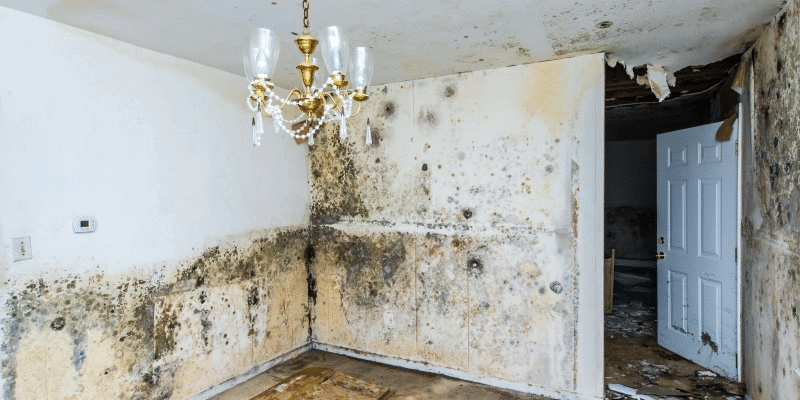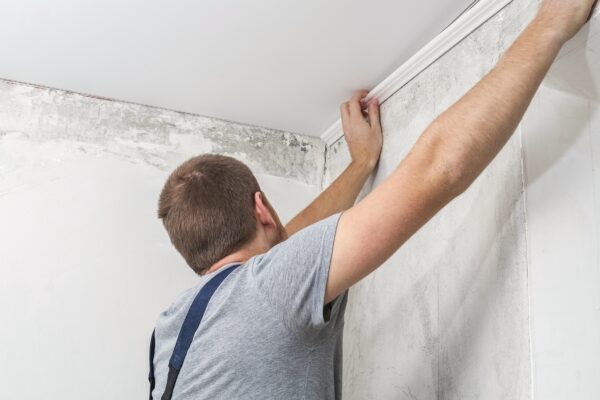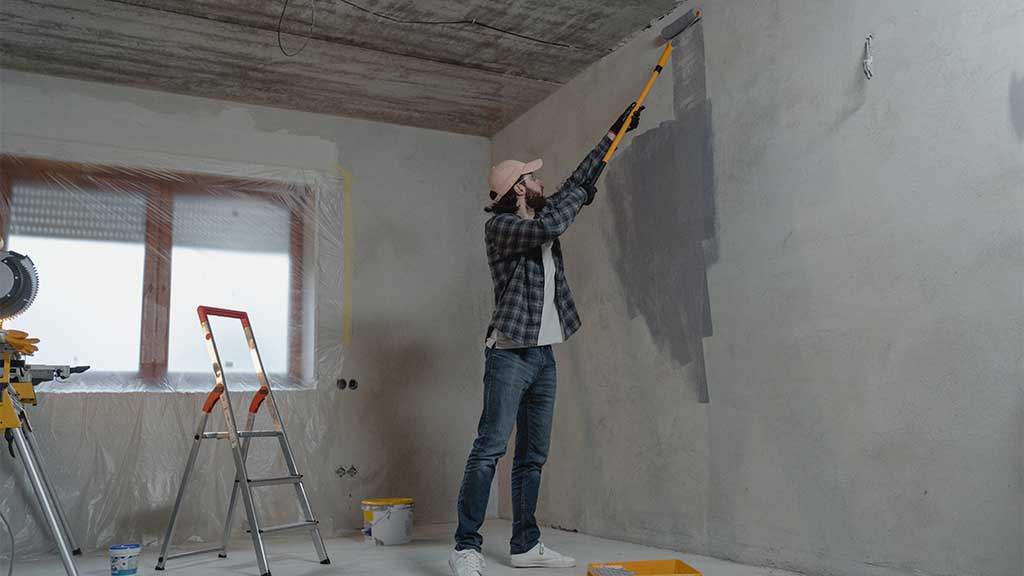A house may be deemed unfit for human habitation due to a range of factors. Structural issues such as foundation problems or roof damage can compromise safety, while hazards like exposed wiring or gas leaks pose serious risks. Lack of basic amenities like water or heating, along with health concerns from mold or pests, also contribute to its unsuitability. Environmental risks, legal violations, and unsanitary conditions further add to this designation.
Severe damage from disasters or neglect may render a house uninhabitable as well. Authorities enforce regulations to ensure houses meet minimum standards, and failure to comply can lead to condemnation until necessary repairs are made.
How do structural issues affect house habitability?

Structural issues can significantly impact the habitability of a house in various ways:
Safety Concerns
Structural issues such as foundation cracks, sagging floors, or compromised load-bearing walls can pose serious safety hazards to occupants. These issues may increase the risk of collapses or other accidents, endangering the lives of residents.
Water Damage
Structural problems like roof leaks, improperly sealed windows, or cracked walls can allow water to infiltrate the house. This can lead to dampness, mold growth, and rot, creating unhealthy living conditions and potentially causing respiratory problems and allergies among residents.
Pest Infestations
Gaps or cracks in the structure can provide entry points for pests such as termites, rodents, or insects. Infestations not only damage the structure further but also pose health risks and make the living environment uncomfortable and unsanitary.
Energy Efficiency
Structural issues like poorly insulated walls, drafty windows, or gaps in the building envelope can compromise the energy efficiency of the house.
This can lead to higher heating and cooling costs, discomfort for residents, and environmental impact due to increased energy consumption.
Structural Integrity
Any compromise in the structural integrity of the house can lead to gradual deterioration over time. This might result in worsening conditions, higher repair costs, and potentially render the house uninhabitable if not addressed promptly.
Aesthetic and Functional Problems
Structural issues can also manifest as aesthetic problems such as cracks in walls or uneven floors, making the house less visually appealing and reducing its market value.
Moreover, these issues may affect the functionality of various components within the house, such as doors and windows becoming difficult to open or close properly.
What are common safety hazards in houses?

In houses, there are things that can be dangerous and cause accidents. Some of these are:
- Electricity: Broken wires or too many things plugged in can start fires or give you a shock.
- Tripping: Loose rugs or messy floors can make you fall.
- Slippery areas: Bathrooms and kitchens can get very slippery, and you might slip and get hurt.
- Stairs: Broken steps or no lights on stairs can make you fall.
- Gas leaks: If gas appliances don’t work right, they can make you sick or cause explosions.
- Fire: Things like candles or heaters can start fires if not used safely.
- Building problems: Cracks in walls or floors can make the house fall down.
- Bad air: Not enough fresh air can make you sick.
- Water leaks: Leaky pipes or roofs can make mold and damage the house.
- Security: Not having good locks or lights outside can make it easy for bad people to get in.
How does the absence of basic amenities impact living conditions?

The absence of basic amenities greatly affects living conditions, making life harder and less comfortable. Without clean water, people face health risks and struggle to maintain hygiene. Lack of electricity means no lights, heating, or refrigeration, making daily tasks difficult and unsafe. Inadequate sanitation leads to water contamination and diseases.
Insufficient shelter exposes individuals to harsh weather and security risks. Limited healthcare access results in untreated illnesses and preventable deaths. Lack of education opportunities hinders personal development and economic growth. Poor transportation options make it hard to access essential services.
Without communication technologies, individuals become isolated and unable to connect with others or access information. Addressing these deficiencies through infrastructure development and social programs is crucial for improving living conditions and promoting well-being.
FAQ’s
What makes a house habitable in the UK?
A habitable house in the UK meets basic standards for safety, sanitation, and comfort, including access to clean water, electricity, heating, and adequate shelter.
What does a house need to be habitable?
A habitable house needs to have essential amenities such as clean water, electricity, heating, proper sanitation facilities, and adequate shelter to ensure the safety and well-being of its occupants.
What makes a room habitable?
A habitable room should have proper ventilation, natural light, and adequate space for its intended use, meeting health and safety standards for occupancy.
What is habitable in architecture?
In architecture, “habitable” refers to spaces within a building that are suitable for human occupancy, meeting regulatory requirements for safety, comfort, and functionality.
What is habitable room planning?
Habitability room planning involves designing interior spaces within a building to ensure they meet functional needs, comply with building codes, and provide a comfortable and safe environment for occupants.
Final Words
It’s crucial to ensure that houses meet basic standards for human habitation. This means addressing structural issues, safety hazards, and ensuring the availability of essential amenities like water and heating. Health risks from mold or pests should be promptly dealt with, and environmental concerns such as disaster preparedness should be taken into account.
Legal regulations regarding building codes and housing standards must be followed to maintain habitable living conditions. By addressing these factors, we can ensure that houses provide safe and healthy environments for their occupants.
